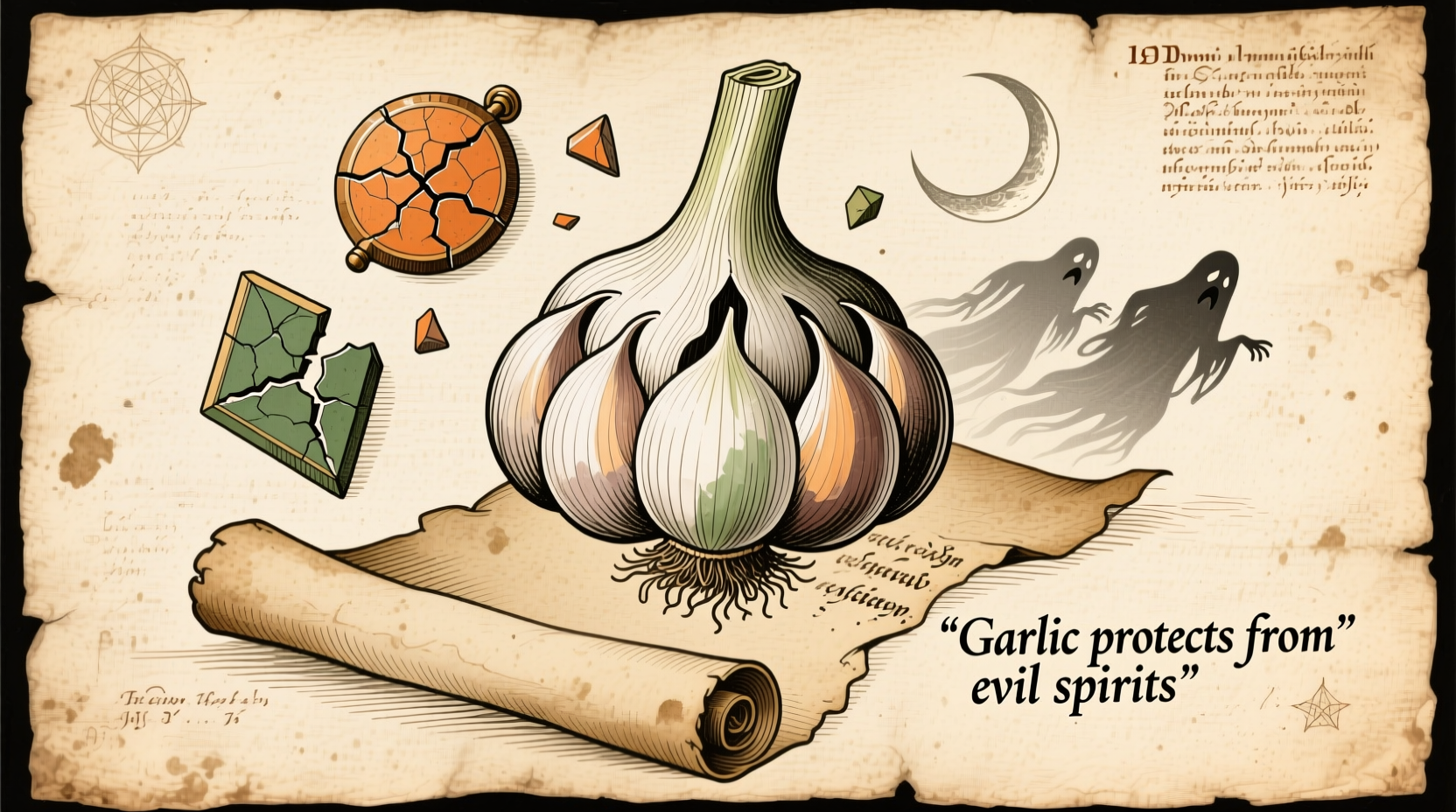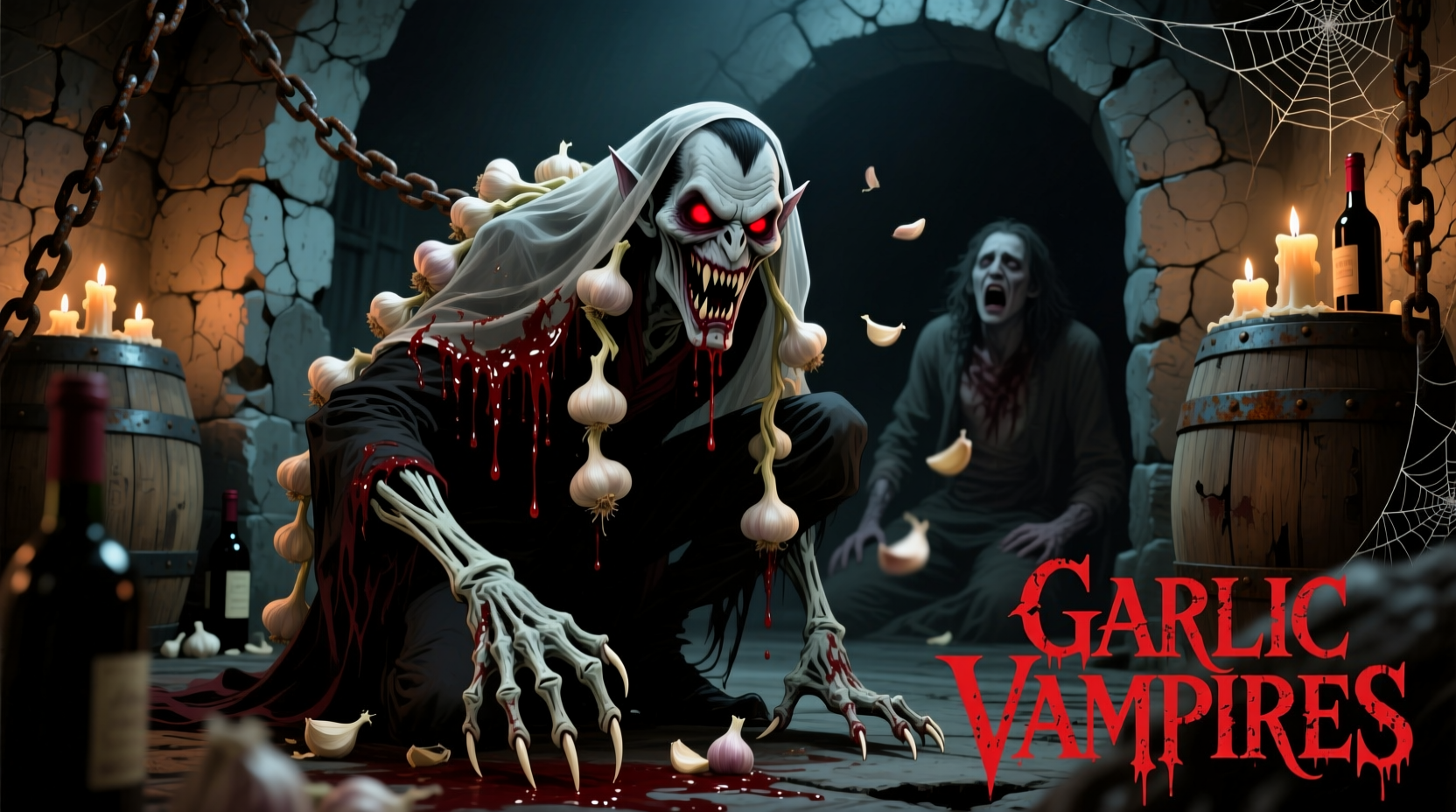The Historical Roots of Garlic in Folklore Traditions
Long before vampires entered popular imagination, garlic held profound significance across ancient civilizations. Archaeological evidence shows garlic cultivation dating back to 3000 BCE in Mesopotamia, with medicinal applications documented in Egyptian medical texts from 1550 BCE. The Ebers Papyrus specifically recommends garlic for treating respiratory ailments and parasites—conditions that later became associated with vampire folklore.
| Historical Period | Cultural Context | Garlic's Symbolic Meaning |
|---|---|---|
| Ancient Egypt (1550 BCE) | Worker sustenance | Nutritional booster for pyramid builders |
| Greek Antiquity (5th century BCE) | Athletic preparation | Performance enhancer for Olympic athletes |
| Roman Empire (1st century CE) | Medical treatment | Antiseptic for wounds and infections |
| Medieval Europe (12th century) | Plague prevention | Protective charm against disease |
This historical timeline reveals how garlic's practical medicinal properties gradually transformed into supernatural protection symbolism. During plague outbreaks in 18th century Eastern Europe, communities hung garlic to ward off disease—later conflated with vampire mythology as medical understanding evolved.
Garlic's Transformation in Vampire Lore
The specific association between garlic and vampires emerged from 18th century Balkan folklore, particularly in regions affected by tuberculosis outbreaks. Medical historians note that garlic's pungent odor masked the smell of decay associated with consumption (tuberculosis), creating a perceived protective effect. As Dr. Elizabeth Miller, renowned vampire scholar at the University of Toronto, explains: "Communities observed that those who regularly consumed garlic seemed less affected by respiratory illnesses, leading to its symbolic adoption as a defense against 'undead' entities causing similar symptoms."

From Folklore to Literary Phenomenon
Bram Stoker's 1897 novel Dracula cemented garlic's vampire-repelling properties in popular consciousness. However, Stoker drew from existing folklore documented by Emily Gerard in her 1885 work Transylvanian Superstitions. The novel's description of garlic flowers protecting Lucy Westenra established the trope that persists today. Literary analysis shows Stoker strategically used garlic as:
- A symbol of natural purity against supernatural corruption
- A bridge between folk medicine and emerging scientific understanding
- A culturally accessible protective element for Victorian readers
Modern Interpretations and Cultural Variations
Contemporary vampire narratives continue evolving the garlic tradition while acknowledging its folkloric roots. Cultural anthropologists note significant regional variations in garlic's protective symbolism:
- Romanian traditions: Garlic braids hung above doorways to prevent strigoi (vampire-like entities) from entering
- Bulgarian practices: Garlic rubbed on windows and chimneys as protective barriers
- Russian folklore: Garlic necklaces worn during vampire burial rituals
- Modern adaptations: Garlic's role diminished in recent vampire fiction as supernatural beings become more sympathetic
These variations reflect how communities adapted garlic's practical medicinal properties into culturally specific protective rituals during periods of medical uncertainty. The persistence of this myth demonstrates humanity's enduring tendency to transform practical solutions into symbolic protections.
Why This Myth Endures in Popular Culture
Psychological studies reveal that folklore traditions like the garlic-vampire connection serve important cognitive functions. Research from the University of Edinburgh's folklore department shows that such myths provide:
- Symbolic control over uncontrollable threats (disease, death)
- Cultural continuity through shared storytelling
- Practical reminders of historically effective medicinal practices
Modern epidemiologists acknowledge that while garlic doesn't repel vampires, its documented antimicrobial properties likely contributed to its historical reputation. The National Center for Complementary and Integrative Health confirms that allicin, garlic's active compound, demonstrates measurable antimicrobial effects against certain pathogens—a scientific basis for its historical medicinal use.
Practical Applications of This Knowledge Today
Understanding the historical context of garlic in folklore helps us appreciate:
- How communities develop symbolic protections during health crises
- The evolution of medicinal knowledge from folk tradition to scientific validation
- Cultural sensitivity when interpreting traditional practices
For culinary historians and cultural anthropologists, this knowledge provides valuable context for studying how practical solutions transform into enduring cultural symbols—a pattern repeated across countless traditions worldwide.











 浙公网安备
33010002000092号
浙公网安备
33010002000092号 浙B2-20120091-4
浙B2-20120091-4